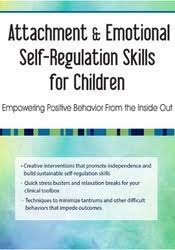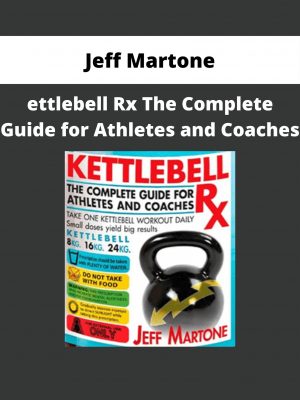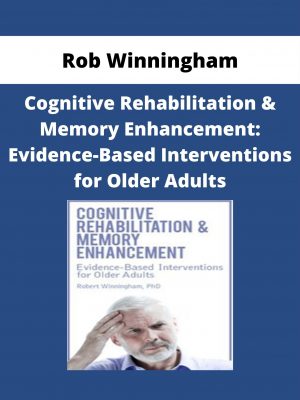Kathryne Cammisa – Attachment & Emotional Self-Regulation Skills for Children
$219 Original price was: $219.$62Current price is: $62.
Shopping Instructions:
- DISCOUNT 15% : SHOP15
- Product Delivery: Within 1 – 12 hours after purchase.
Available for Pre-Order. This product will be available within a few days.
Kathryne Cammisa – Attachment & Emotional Self-Regulation Skills for Children
How Self Regulation Affects a Child’s Physical, Mental and Emotional Wellbeing
- Overlay of systems
- Overlap with sensory processing disorder, ADHD, autism, giftedness, anxiety and related conditions
Sensory Processing Disorder (SPD)
- Vestibular, proprioceptive, and sensory modulation characteristics
- Strategies for home and school
- Making it right: case studies and videos
- New research from brain imaging
ADHD
- Cognitive strategies, attention strategies and mindfulness meditation
- The power of exercise
- The overlay of executive function and ADHD
Self-Management
- As a powerful behavior program for social-cognitive disabilities
- Case study on routines, rituals and habit formation
- Teaching functional skills
- Catching child “being good”
Working with Emotions
- Art and music
- Developing an emotional vocabulary
- Emotions in the body
Autism
- Strategies that prompt social engagement
- Dealing with picky eating and poor sleep habits
- Strategies for eliminating difficult behavior
Creating a Personal Narrative
- What, why and how
- The power of emotional disclosure
Making Transitions Uneventful
- Strategies for smooth transitions
Would you like to receive Kathryne Cammisa – Attachment & Emotional Self-Regulation Skills for Children ?
Description:
Disorders of sensory processing are common for children with ADHD or autism and can complicate treatment and impact quality of life. Children who have trouble self regulating throughout the day can miss out on typical childhood experiences in school, on the playground and with their families. They have difficulty making and keeping friends.
In this recording, Kathryne Cammisa, MHE, OTR/L, teaches you the underlying neurological and environmental factors that reduce a child’s ability to self-regulate and interact with their environment. This workshop emphasizes the newest research, practical interventions and provides details on how to create simple, yet effective programs in clinical, school and home settings:
- Strategies guided by Ayres’ Sensory Integrative Theory
- Activities to help individuals develop self-management
- Understanding the importance of a rich sensory lifestyle
- Using personal narratives to promote positive outcomes
- Energy regulation techniques
- Communication methods and use of self
- Transition strategies
- Behavioral Strategie
Related products
HEALTH & MEDICAL
HEALTH & MEDICAL
HEALTH & MEDICAL
HEALTH & MEDICAL
HEALTH & MEDICAL
Dr. J.E. Williams & Kevin Gianni – How to Read Your Blood Tests
HEALTH & MEDICAL












